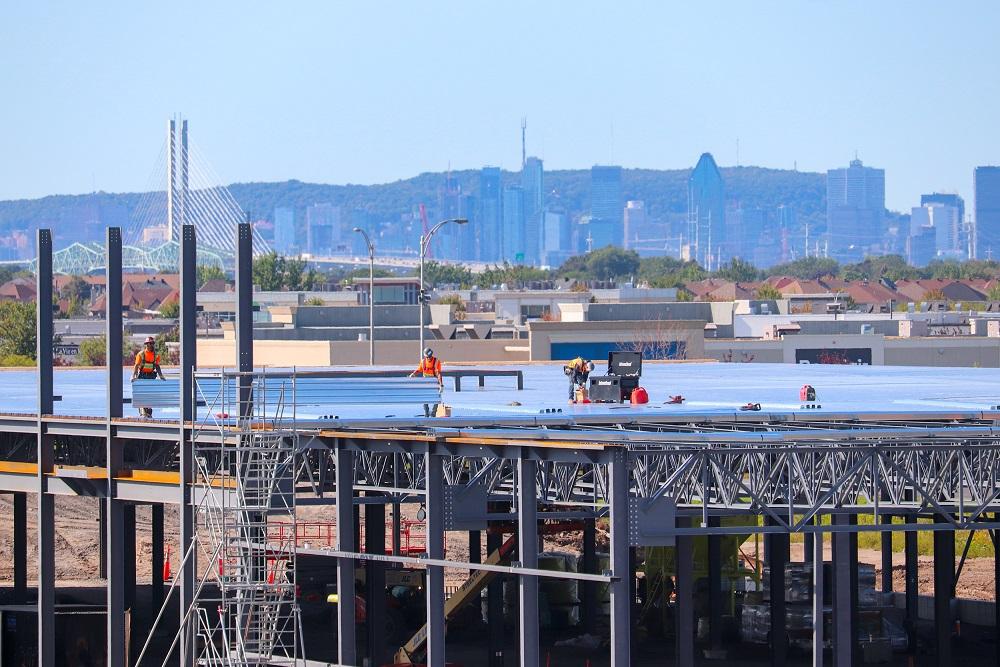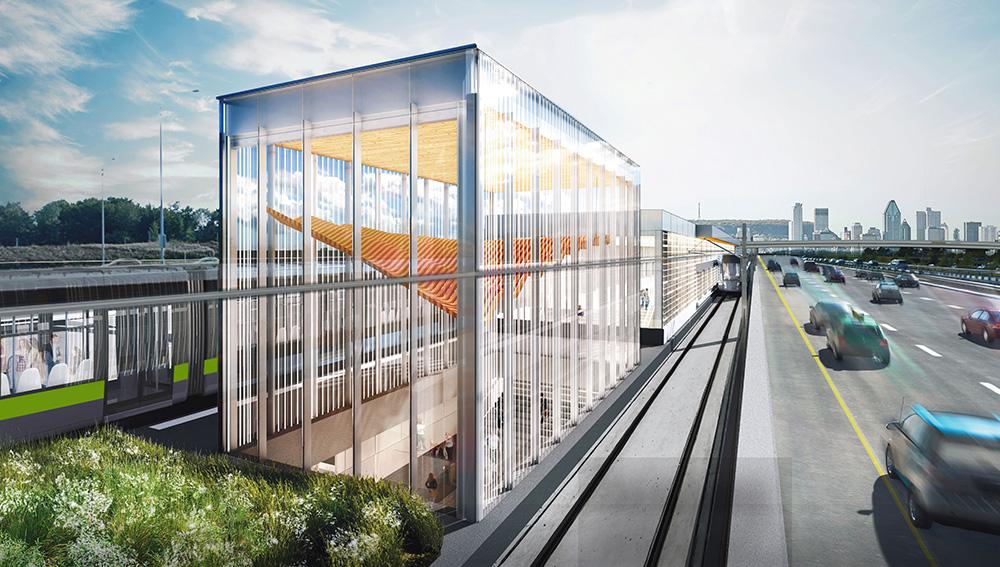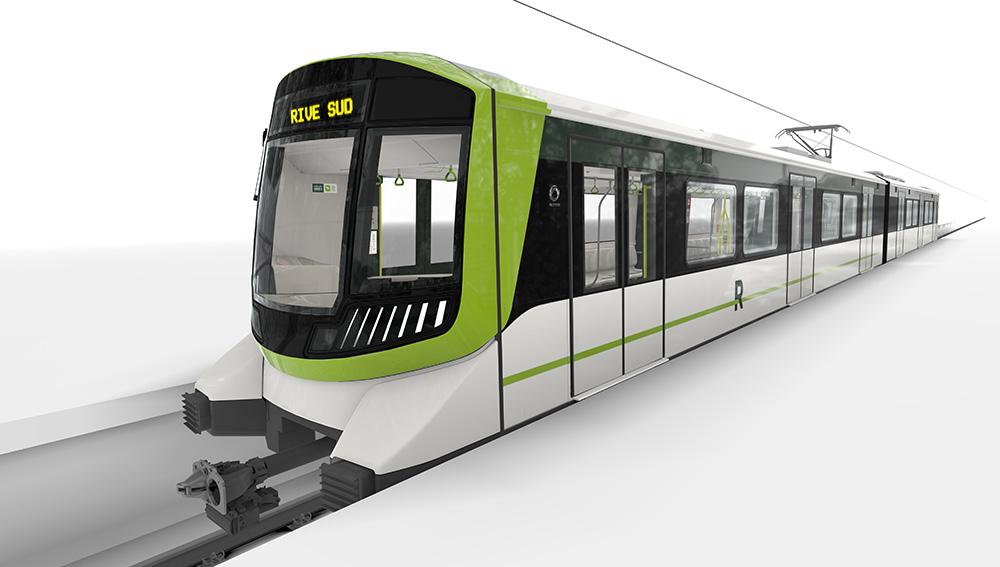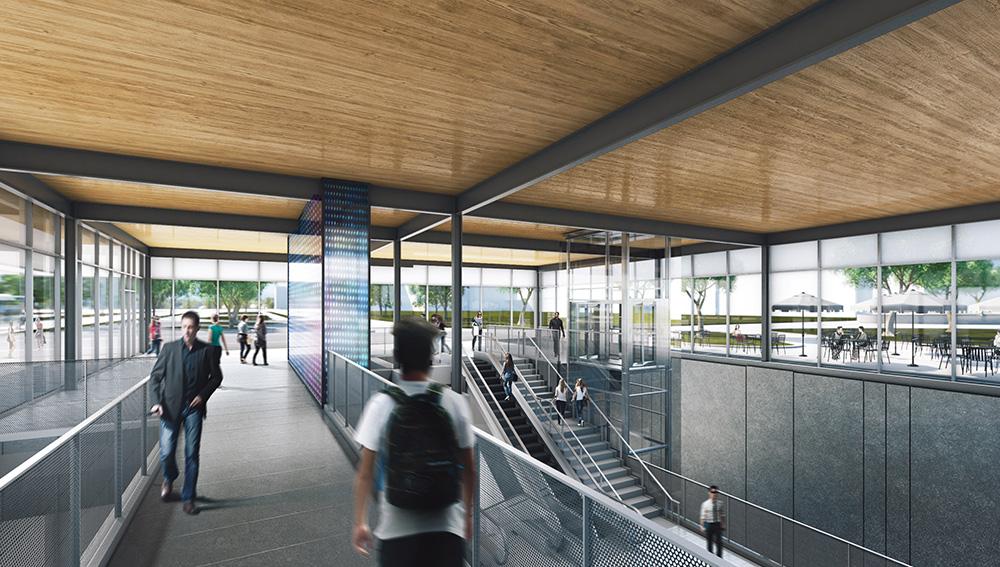Réseau express métropolitain
A new line that transports
Greater Montréal
Greater Montréal
The Réseau express métropolitain (REM) is a 67-km automated light metro system with 26 stations linking downtown, the airport and the Greater Montréal area.
- Sector: Transportation
- Region: Montréal, Canada
- Partners: Québec government, Federal government, ARTM, Hydro-Québec
- Studies: 2015-2016 (completed)
- Planning: 2016-2018 (completed)
- Construction: 2018-2027 (ongoing)
- Cost: $8.34 billion (CAD)
false
false
false

Project summary
- The REM is Québec’s largest public transit infrastructure project since the Montréal metro was inaugurated in 1966. The length of the route (67 km) makes it one of the largest automated networks in the world after those of Singapore, Kuala Lumpur, Dubai and Vancouver.
- The automated light metro system was chosen in order to provide modern, efficient and reliable service. This technology will provide a new transportation dynamic with frequent starts and large time savings for users.
- The network is integrated with the existing systems—connected to the metro, commuter trains and buses. Agreements have been reached with sustainable mobility partners offering a number of bike- and car-sharing options (Bixi, Car2go, Communauto, Netlift, Vélo Québec).
false
false
false
Progress so far
The project planning has been completed. Our team has conducted major consultation phases and made three series of modifications. Construction of the REM began in April 2018. The first departures are planned for 2023 between Brossard and Gare Centrale Stations.
false
false
false

Follow the major construction milestones on the REM website :
false
false
false

Route and technology
- 67 km
- 26 stations
- 4 branches connected to downtown
- Fully automated light metro system
- Ground level, underground and elevated route
Rolling stock
- More than 200 cars at commissioning
- Theoretical capacity: 600 passengers
- Maximum frequency at commissioning: 90 seconds
- Wi-Fi, heating and air conditioning
- Universal accessibility


Stations
- Architectural charter based on glass and wood
- Platforms approximately 80 m long
- Automatic platform screen doors
- Intermodal stations connected to the metro, trains and buses
- Universal accessibility
